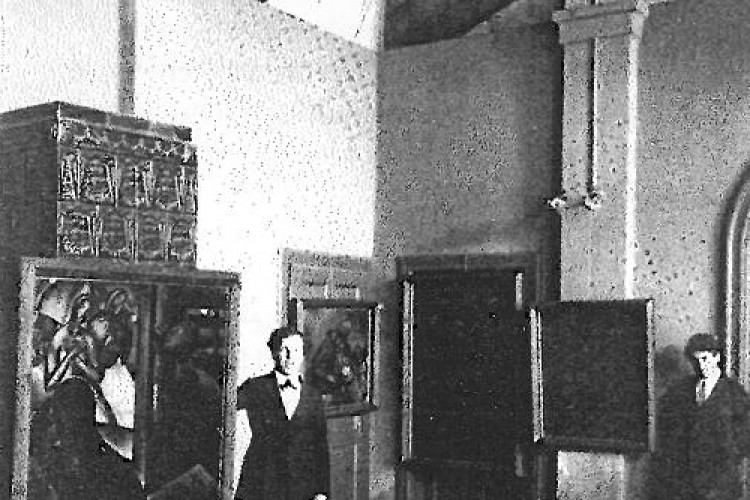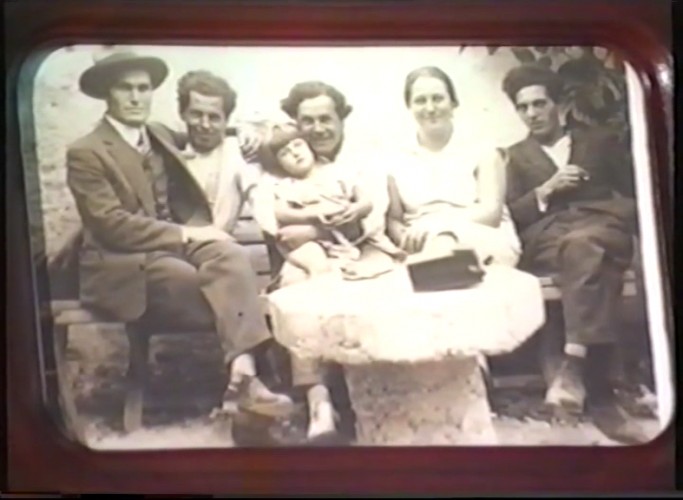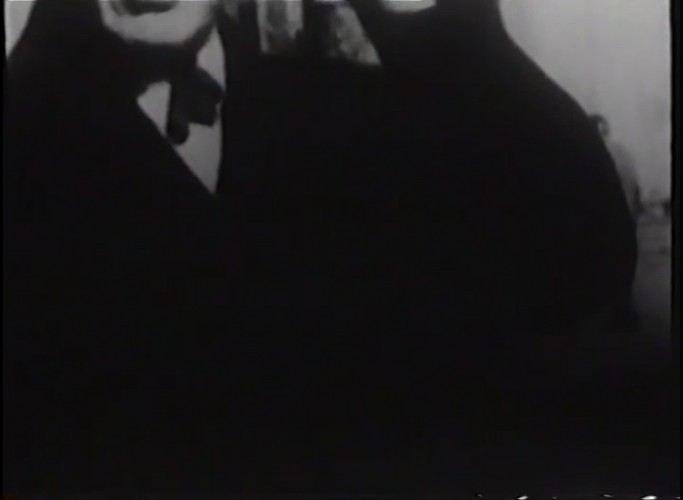France Kralj was born on 26 September 1895 as the second son of Janez Kralj (a 1/4 estate owner and folk artist) and Margareta, born Sever, in Zagorica, house number 13 in the parish of Dobrepolje in Carniola. Baptised on 27 September (Andrej Ramoveš, priest, Franc Erčulj and Frančiška Strah, godparents).
In 1907 he enroled at the Kaiserliche und Königliche School of Arts and Crafts in Ljubljana where he completed his studies in 1912 at the department of wood and stone sculpture under professors Celda Mis (Czech), sculptor Alojzij Repič, painter Josip Vesel and assistant sculptor Ivan Zajec. On 15 July he received his graduate certificate which certified that he fulfils the conditions for »independently performing this craft if the general legislative requirements are fulfilled and if after a year he proves himself a useful apprentice...« In 1912 he went to Klagenfurt to work as an apprentice in the workshop of the folk artist Alojzij Progar.
In the autumn of 1913 he enrolled at the sculpture department of the Art Academy in Vienna, der bildenden Künste, under professors E. von Heller, sculptor and physician, Schmidt, painter, and Müllner, sculptor. Though familiar with the sculptors Hanak, Hellmer and Müller and painters Bacher, Tyrolean Egger-Lienz and of course the »oriental« Klimt, he was more significantly drawn to, and influenced by, the metropolitan atmosphere of Vienna with its cosmopolitan »Wienerish« image, and exhibition sites, which are the Academy’s Künstlerhaus, Sezession and Hagenbund where he exhibits his own work in the twenties. Drafted to the front, he temporarily discontinued his studies in Vienna after completing his second academic year in June 1915. He continued his studies in Vienna in the 1918 academic year, graduating in July 1919.
He attended post-graduate studies at the painting department of the Prague Art Academy under professor Vlaho Bukovac.
In Prague he established close ties with the sculptor Jan Stursa and pays several visits to Prague-based sculptor Alojzij Gangl.
During the first half of the twenties he is among Slovenia's leading representatives of expressionism and co-founder and head of the group of expressionist artists associated in the Club of the Young (Klub mladih), founded in 1921. Through independent exhibitions as an illustrator, and through group exhibitions, together with his brother Tone and members of the Club of the Young, he gains recognition at home and abroad, first in Belgrade at the 5th Yugoslav Exhibition in 1922 and later in Hodonin.
After making his initial appearance in Belgrade, he regularly exhibited his work at the annual exhibition of artists from Yugoslavia's cultural centres during the period between the two world wars. During the same period he cooperated as a Slovene representative of Yugoslavia in exhibitions across Europe and the USA.
He was given an honorary post at the Technical Secondary School in Ljubljana. On July 15,1926, with a decree issued by the ministry in Belgrade, he is appointed assistant professor.
Around the year 1925 the Club of the Young becomes the centre of Slovenia's strongest artistic forces, and prior to their exhibition in Split the group renames itself the Slovene Artistic Society (Slovensko umetniško društvo - SUD). The Slovene Artistic Society exhibits in Split, Sarajevo, Vienna, Prague and Berlin. The activities of the Slovene Artistic Society come to a close with the Artistic Society exhibition (Umetniška matica) in 1928, organised within the framework of the Ljubljana Fair.





